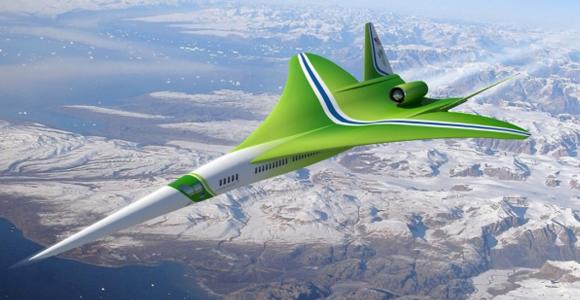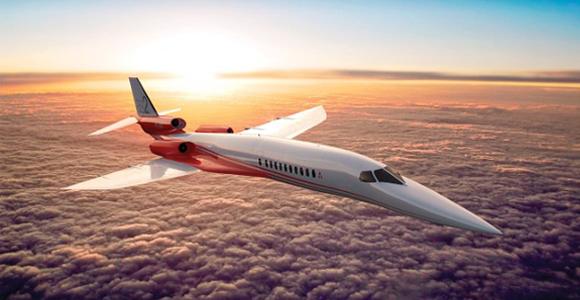Supersonic Jets from Lockheed Martin & Airbus Could Halve Travel Times


Picking up where the Concorde left off, Lockheed Martin’s N+2 and Airbus’ AS2 could usher in a new era in supersonic travel.
Aircraft manufacturer Lockheed Martin is developing a jet that could halve the current travel time between New York City and Los Angeles. Traveling at supersonic speeds, the N+2 would fly coast to coast in just two and a half hours.
The challenge, however, is twofold: Not only must this jet withstand the stresses of flying at this velocity, but — as flights over the US are banned from breaking the sound barrier — it must do so quietly, without making the sonic boom created by objects traveling at more than 760 miles per hour.
“To achieve revolutionary reductions in supersonic transportation airport noise, a new kind of propulsion system is being developed,” Michael Buonanno, manager of Lockheed Martin’s NASA N+2 program, told the Daily Mail. As part of its noise-reducing configuration, the N+2 has a single engine on the topside of the aircraft and two under the wings.

Lockheed Martin isn’t the only manufacturer making supersonic progress. Airbus is working with Nevada-based aerospace corporation Aerion to design the AS2 — a jet that could reduce the flight time between London to New York down to 3 hours, and the flight time between Los Angeles and Tokyo to a mere 6 hours.
While a timeline for test flights has yet to be established for the N+2, test flights for the AS2 are scheduled to begin in 2019, with certification and delivery beginning in 2021 and 2022, respectively. Seating up to 80 passengers, the N+2 aircraft is aimed for eventual use in the commercial aviation sector, while the AS2 — which can accommodate up to 12 passengers — is aimed at the private business sector.
[Photos: Lockheed Martin; Aerion]






















Travel time is door to door in my world. Faster aircraft is only a small part of the equation.
Doesn't the sonic boom result from airflow over and under the wing meeting at a distance behind the airfoil and extending to the ground? How would engine placement eliminate the sonic boom?